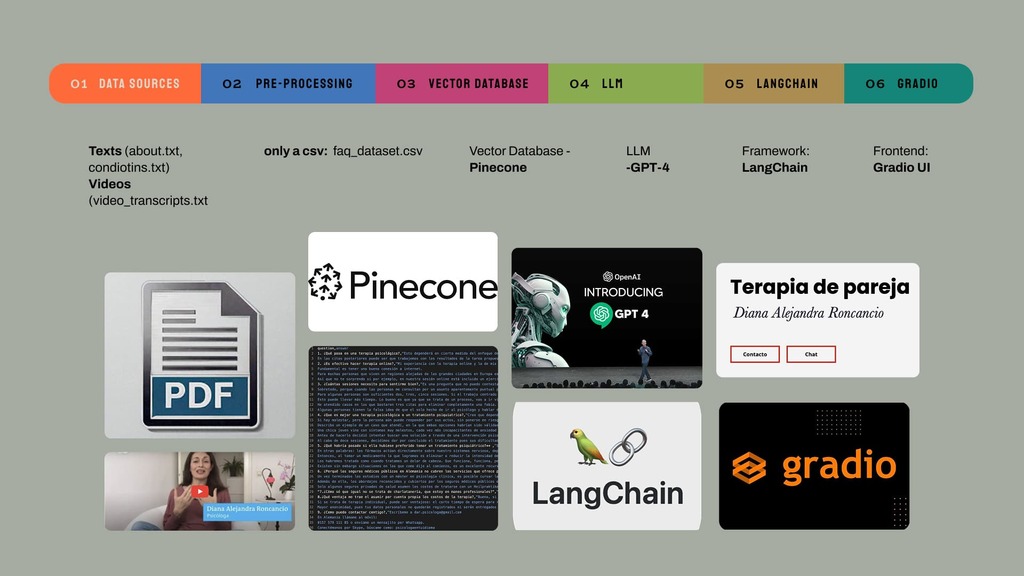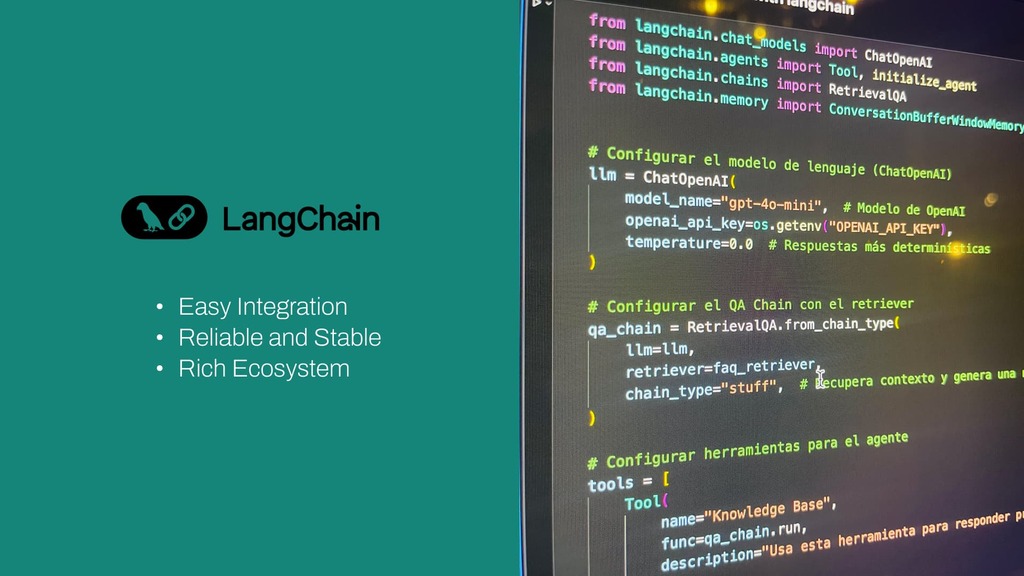AI specialist
2 Weeks
n/a
Visual Studio Code
Sitejet CMS
2025
100%
Alejandra Roncancio is a dedicated psychologist who supports Spanish-speaking clients through life challenges in Germany.
In 2024, I redesigned her website to better reflect her warmth and professionalism. A year later, I developed a custom AI-powered chatbot for her site, designed to answer common questions and save her time. While it’s not currently active due to cost reasons, the full system is ready to use.
My solution is to built an AI chatbot that provides instant, accurate, and human-like responses based on her website and YouTube content.
I built this project not only to present it to my client, but also for myself, to better understand how AI really works.
After completing an AI engineering bootcamp, I wanted to explore language models hands-on. I'm not a developer, I'm a UX designer, but with the help of AI tools, I managed to build this chatbot step by step. It was my way of learning by doing, understanding the logic behind these systems and realizing that powerful AI models have been around for a while… now I had finally built one with my own hands.

This chatbot was created to save time for Alejandra, so she can focus more on what matters most, her clients.
It provides quick answers for busy users, builds trust through 24/7 access to reliable information, and helps potential clients feel supported from the first click.
The result?
It boosts engagement, improves accessibility, and enhances the overall client experience
a true game-changer for her practice.

This chatbot uses a Retrieval-Augmented Generation (RAG) approach to deliver accurate answers based on real content from Alejandra’s website and YouTube channel. It connects structured text files and video transcripts with the power of GPT-4, using tools like Pinecone, LangChain, and Gradio to process, retrieve, and display responses smoothly on the frontend.

To power the chatbot, I extracted data from Alejandra’s PDFs and YouTube videos using pdfplumber and youtube-transcript-api. This raw content was carefully curated: I structured the transcripts into a clean JSON file with questions and answers, and also created a high-quality CSV dataset.
Both files were manually reviewed to ensure clarity and relevance.

Using LangChain, I implemented a PromptTemplate to format user queries before retrieving responses via Pinecone, our vector database. LangChain’s compatibility with GPT-4, Pinecone, and Gradio made the integration seamless.

Finally, I used LangSmith to trace each query, helping me validate if the answers were truly coming from my dataset or generated by GPT-4 alone.

As a UX Designer, I challenged myself to step far beyond wireframes and prompts. I led my own AI project, built a roadmap, curated a dataset by hand, and used GPT-based tools not just to ask, but to build. I programmed with ChatGPT as my coding partner, learned how vector databases work, and saw firsthand how clean data shapes meaningful answers. This wasn’t about becoming a developer, this was about understanding the tech that shapes tomorrow's user experiences. Because great UX isn’t just about crafting ideas, it’s about daring to implement them.